UnionBank Shifts from Integration to Scalable Growth Post-Citibank Acquisition
One year after acquiring Citibank’s $C Philippine consumer banking operations, UnionBank of the Philippines has moved beyond post-merger integration and is now focused on scaling its digital and financial infrastructure. The shift marks a strategic transition from consolidation to aggressive customer acquisition and technological deployment. According to UnionBank’s Head of Consumer Banking Manoj Varma, the integration phase has concluded, giving way to a new growth-oriented agenda centered around embedded finance, expanded credit offerings, and ecosystem-based partnerships.
Surging Credit Card Portfolio and Customer Base
The bank reported a nearly 25% year-over-year growth in its credit card customer base, with close to 600,000 new clients added over the past year. This expansion signals not only successful assimilation of Citibank’s credit business but also growing traction in UnionBank’s broader retail offerings. UnionBank now serves approximately 17 million customers, placing it among the top retail banks in the Philippines by user base. The Citibank acquisition has significantly boosted the bank’s consumer exposure, enabling it to diversify revenue streams and implement cross-selling strategies across financial products.
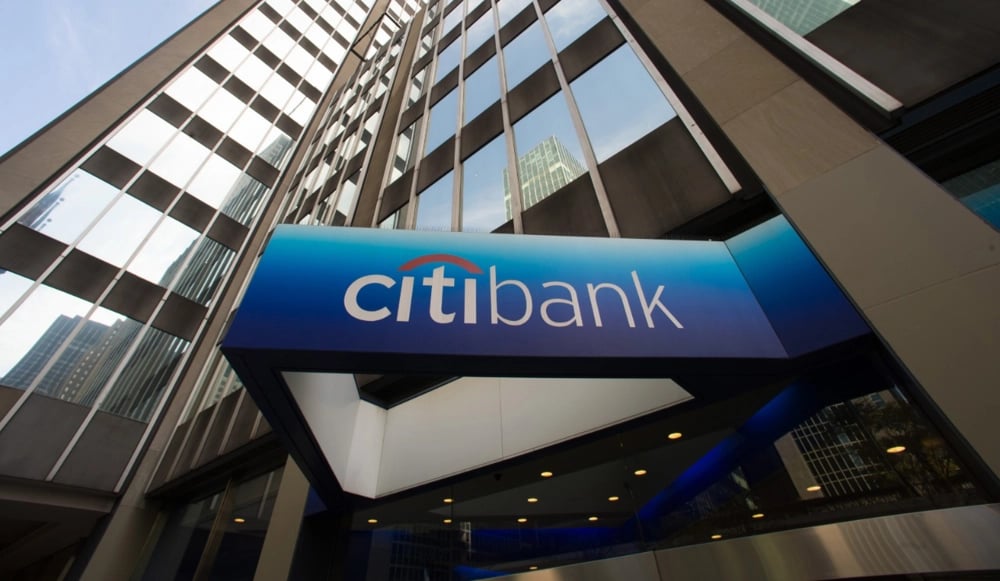
Strategic Levers Driving UnionBank’s Retail Momentum
UnionBank’s transformation strategy hinges on a combination of technological innovation and customer-centric delivery. The post-merger playbook has evolved to emphasize proactive market capture rather than internal harmonization.
Factors enabling accelerated scale include:
Embedded finance: Seamless integration of banking services into partner platforms for greater reach
Digital onboarding: Streamlined account opening and loan approval processes
Cross-sell acceleration: Leveraging existing data to offer personalized financial solutions
API infrastructure: Expanded fintech connectivity and interoperability with external platforms
Brand leverage: Retention of high-value Citibank clients under UnionBank’s product ecosystem
These operational levers align with UnionBank’s broader digital banking roadmap and provide structural support for its ambition to become a leading technology-driven financial institution in Southeast Asia.
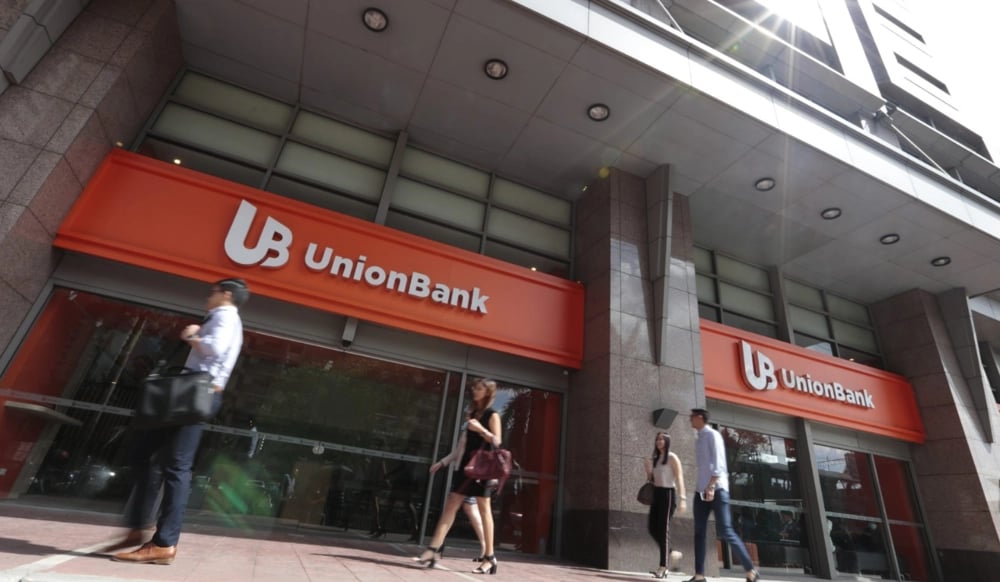
Competitive Position in the Evolving Philippine Banking Sector
UnionBank’s post-acquisition growth trajectory reflects a broader trend in Southeast Asian banking, where digital scalability, rather than brick-and-mortar expansion, defines competitive edge. As the Philippine market becomes increasingly digital-first, UnionBank’s early investments in automation, cloud migration, and fintech integration have positioned it favorably. The bank’s capacity to integrate legacy systems from Citibank while simultaneously pursuing real-time digital innovations underscores its dual strength in operational continuity and future-readiness. Moreover, its emphasis on partnerships—ranging from e-commerce to telcos—expands its potential footprint without proportional increases in fixed costs.
Outlook and Strategic Significance
UnionBank’s evolution post-Citibank acquisition illustrates how regional banks can leverage M&A not only to scale but to reset their technological and product infrastructure. The bank’s ability to onboard nearly 600,000 new credit card users and grow to a 17 million-strong client base within 12 months demonstrates both demand-side pull and strategic execution. The focus now lies in monetizing that scale through data utilization, embedded services, and ecosystem synergies—key metrics that will determine whether the bank’s momentum translates into long-term profitability and market share gains.


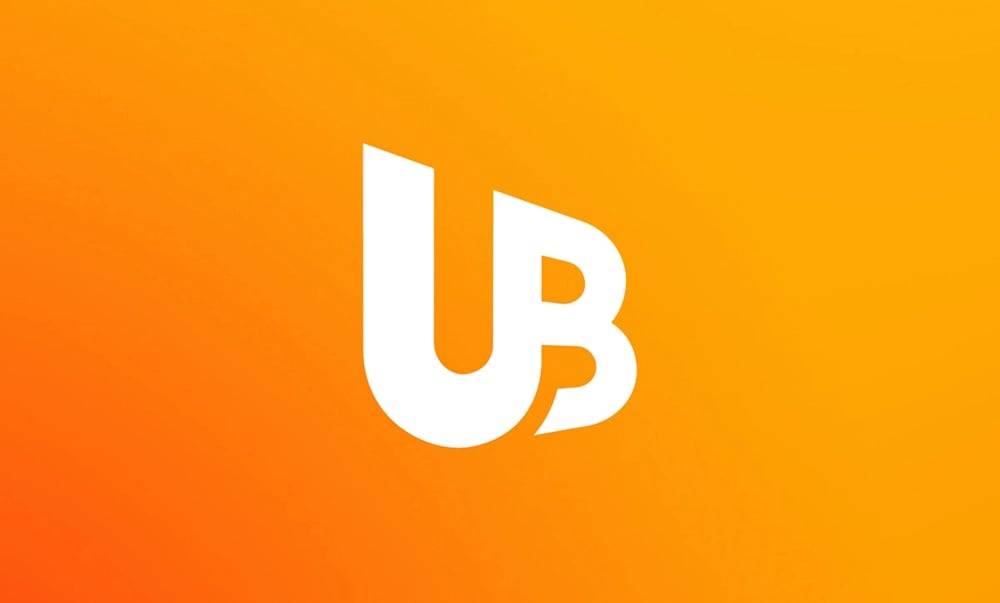


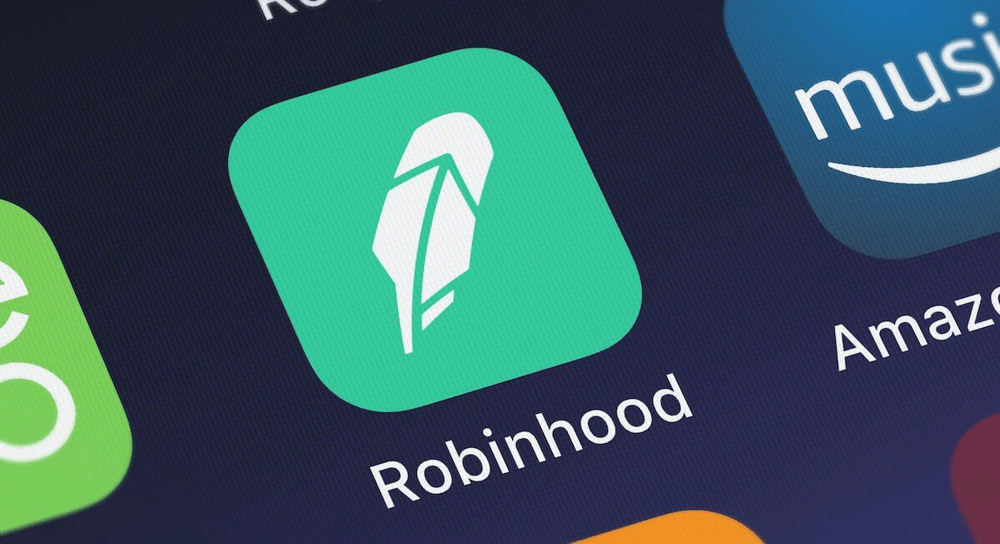



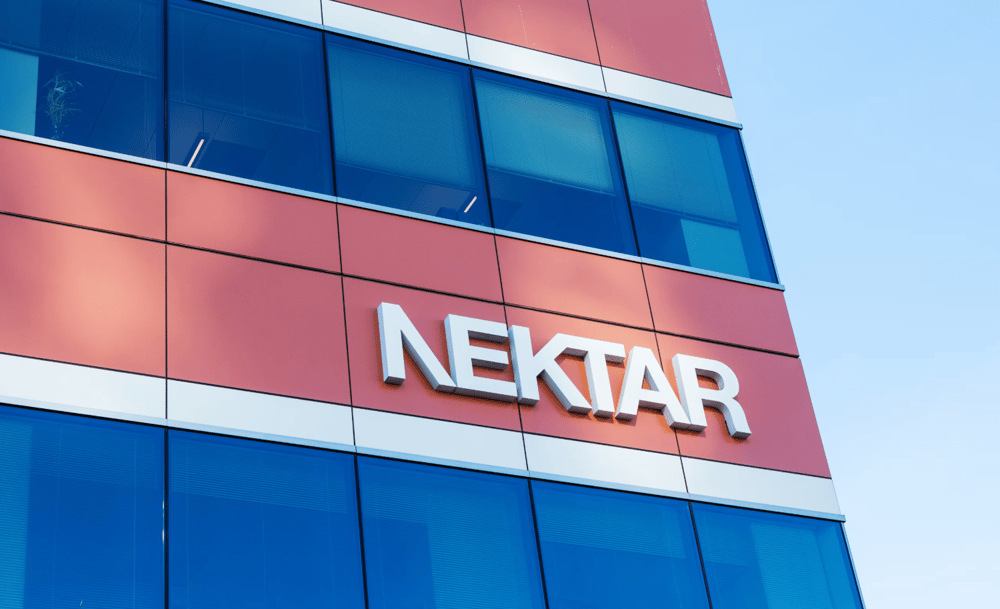
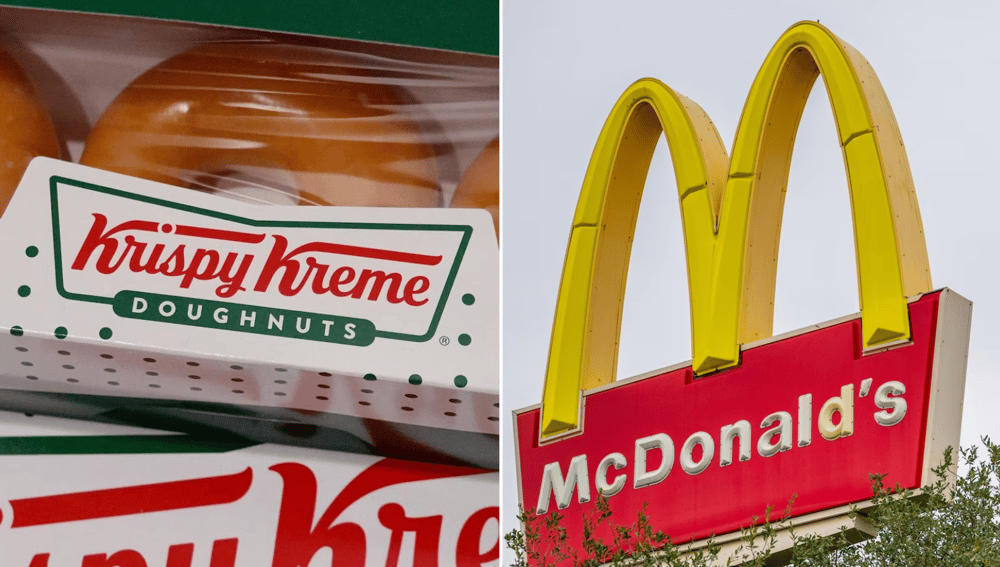
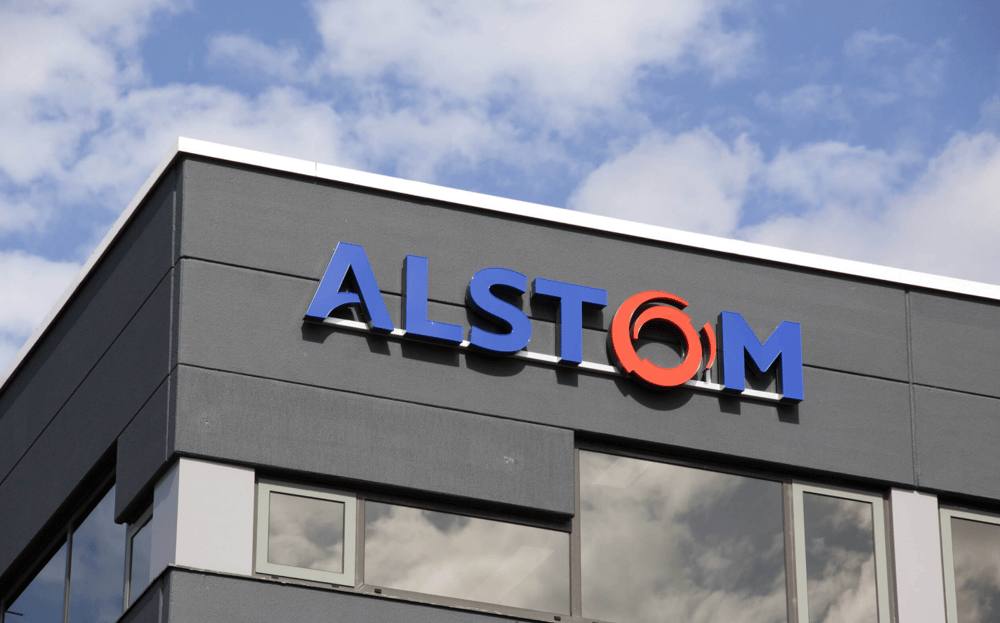



Comments
This bold shift from mergers to digital innovation truly paves the way for a new era in banking.
This strategic pivot from merging to digital innovation could redefine banking in emerging markets.